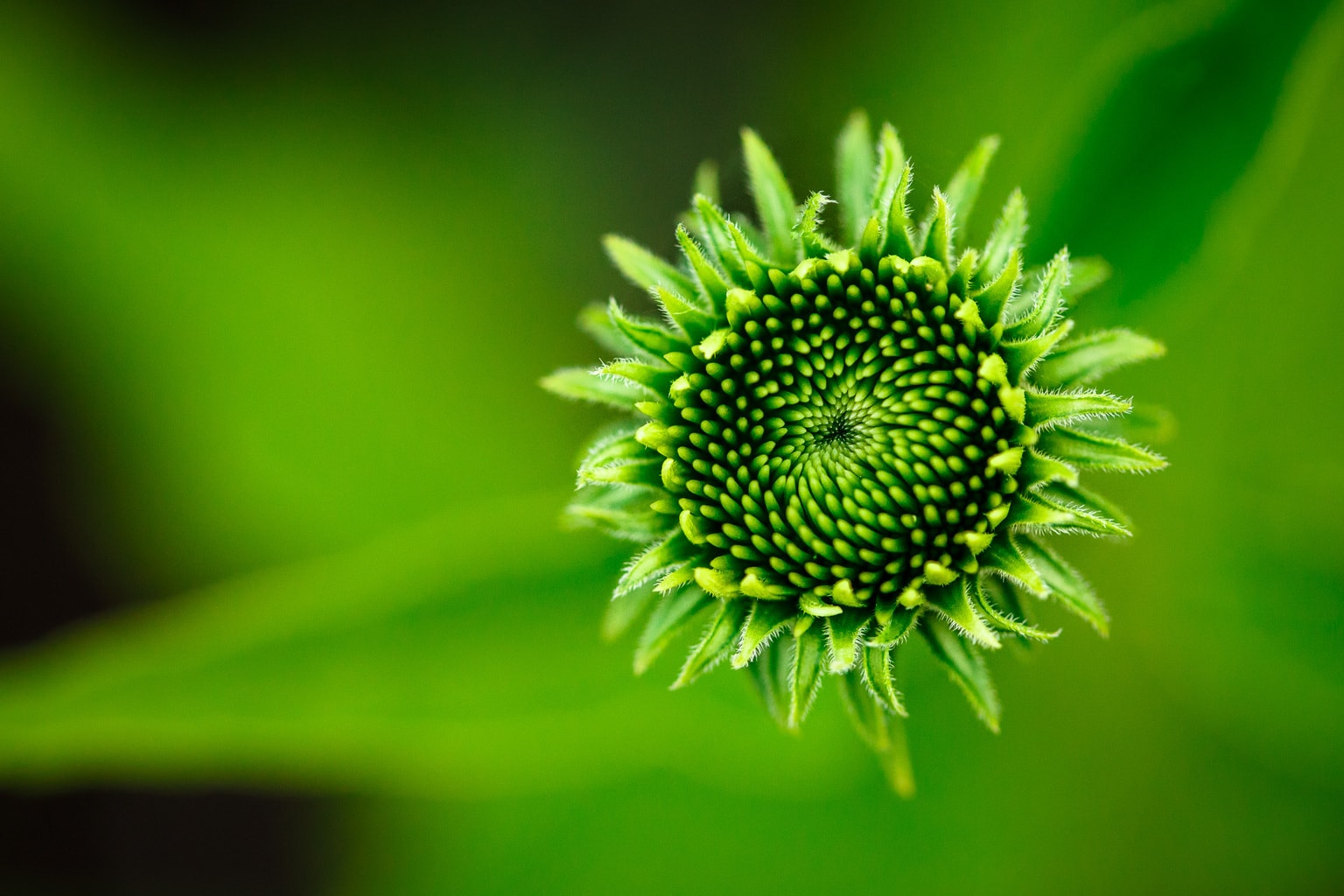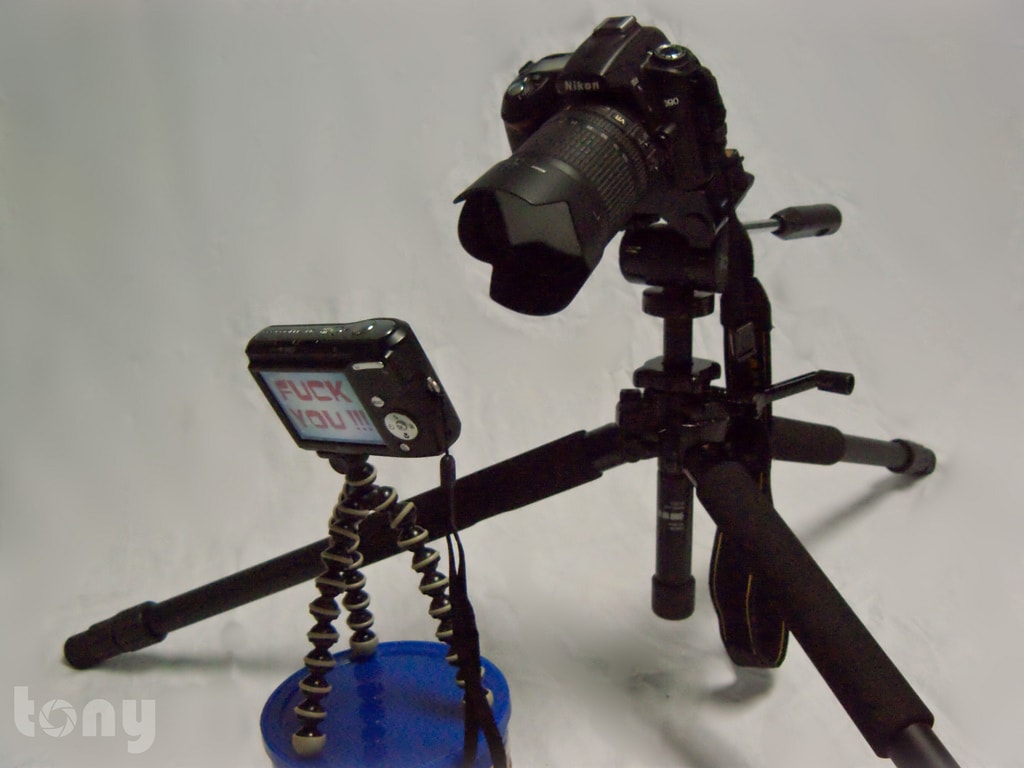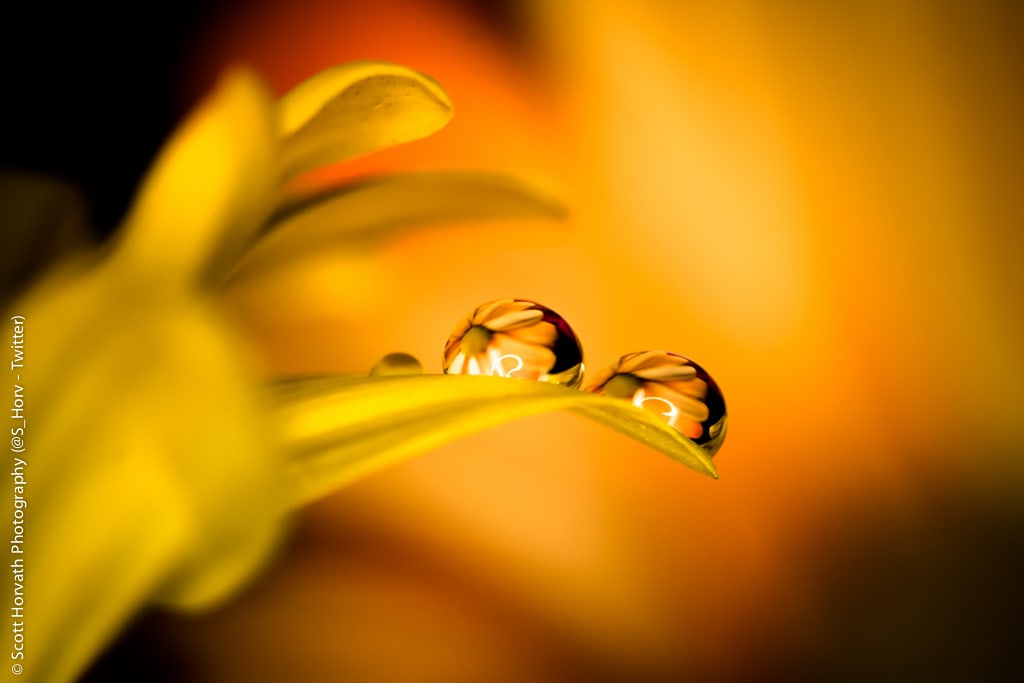Are you patient, curious, enthusiastic, a lover of nature photography and the great little things it gives us? Then you will love macro photography. If you have not yet succumbed to its charms, I hope that after this article you end up surrendering at its feet ?
WHAT IS MACRO PHOTOGRAPHY?
Basically it is the ability to obtain large images of small elements, whether they are animals or objects. It is said that for a photograph to be considered macro, the size ratio between what is photographed and the image that is projected on the sensor must correspond to a ratio of 1 to 1; that is, they must have the same size in reality as in the sensor.
WHAT MATERIAL DO I NEED?
There are numerous options for getting macro photography done and, like almost everything in photography, you can spend very little or spend a lot. That will always depend on your budget and what you end up interested in macro photography, since there are as many systems to get it as there are prices. Let's see some:

MACRO LENS
It is the most recommended system since it is the simplest as well as the one that provides the best results in general. They are specific for macro photography, and have different focal lengths: short (30mm to 50mm), long (60mm to 105mm) or macro telephoto lenses (150mm to 200mm). Typically, the longer the focal length, the farther away you can be to shoot your subject (same as with a non-macro lens), which is very helpful. The negative part is that the greater the focal length, the more price.
REVERSING RINGS
A cheaper solution than macro lenses is based on rotating the lens (surely you've already tried it before ? ) which allows a close-up similar to what you get with a macro lens. The rings join the front of your lens to the body of your camera. The negative part is that you will lose control of the camera (focus, aperture, etc.) and the positive part is that you can get very good macro images for very little money. In this case, unless focal; more increase.
CLOSE-UP LENSES
They are a cheap option to get started in macro photography. They are placed like a filter on the lens of your camera, and serve to magnify the image (like a magnifying glass). The negative part is that they are usually of low quality, creating aberrations and distortions in the image. The positive part is that they will allow you to see if what you feel towards macro photography is something temporary (so it is not worth spending anything more) or if it is really your thing. In that case, don't hesitate, start saving for a good macro lens .
EXTENSION TUBES
Extension tubes are another very inexpensive system for achieving macro images. They are screwed directly between the camera body and the lens, and their function is to increase the focal length of our lens, allowing us to get closer. There are two types: some maintain a connection with the camera and others do not, so they force you to work completely in manual (focus, exposure, etc.). Obviously, the former are more expensive than the latter.

TRIPOD
Unless you want to limit your macro photography to the controlled environments of about four walls, you should ideally own or buy a tripod that has the following features:
- Robust and heavy: Yes, terrible when you have become fond of outdoor macro photography, but very necessary, since the robustness of a tripod makes it less vulnerable to the imperceptible movements of the wind or other factors
- With removable central column: It will allow you to take images at ground level.
- Legs that allow you to vary the angle individually : It will be very useful for you to go outside, since the terrain that you are going to find is almost never perfectly flat. On the contrary, most of the time you will move between rocks or brush, so this "detail" will be very useful.
- Zipper ball joint: Allows you to adjust the position to the millimeter (which in macro can mean the difference between photo and non-photo).
Don't have any of the above? Well, you won't have it as easy as the lucky one who has that ideal tripod ? but you will surely overcome any adversity with a little more effort.
REMOTE SWITCH
Macro photography is as delicate as those flower petals or those ants that you love to portray so much. The slightest movement or vibration can ruin your image, so it is almost essential that you get a remote shutter release. Not everything is pressing the shutter, you have many other ways to take a photo and much less harmful to your image ?
SPRAY CAN

Yes, don't look surprised, do you know how beautiful a few drops of dew on a leaf can be in macro version? ? And what easier way to find dew in the place you want than to take a spray bottle with water to create beautiful drops of water where you prefer?
CAMERA SETTINGS

The most important thing in macro photography is to get a good focus on our protagonist. It is also the most difficult, because a small millimeter error that in any other photographic discipline would go unnoticed, in this case would mean the complete loss of focus of our center of interest.
LIVE VIEW
Many cameras have this option. It is widely used in landscape and macro photography as it holds the mirror open to prevent movement that occurs when taking an image when the mirror is raised. In addition, it allows us to check the focus through the screen "live and direct" to be able to correct it very precisely. The focus will be done manually in the area that we want to highlight.
EXPOSITION
As in any image, the exposure is important and the choice of one type or another will be closely linked to the result you want to obtain. It doesn't hurt to get a reflector if you plan to go for a walk looking for wonderful macro images. The vast majority of times you will not be able to (or should not) move your center of interest, so a reflector will help you eliminate shadows or redirect the light.

MANUAL MODE
Macro photography is almost predestined to work manually. So you can choose the speed and aperture that interests you in each image.
ISO
Since you have a great tripod to prevent your camera from moving in the slightest, the ideal is that you work at low ISO to keep the quality of your image to the maximum. However, it is not only your camera that can move, outdoors you will have wind or simply your protagonist will move on her own feet. Be sure to shoot fast enough to avoid blurring your image. If you don't have enough light, it's best to "sacrifice" some image quality and raise the ISO before your image comes out blurry.
WHAT TO PHOTOGRAPH AND HOW?
BOTTOM
You can resign yourself to whatever there is, you can do tricks and change the point of view to get what you want, or simply help yourself with some colored cardboard . Even if they are shallow depth of field images, the background is still as important as in any image, and you should keep an eye on it just as carefully.
COMPOSITION
Because focus in macro photography is so exact, images are often based on a single center of interest, often with only one area of interest standing out, as it is often difficult to keep the entire subject in focus. Imagine if you wanted to include a friend in the scene ? Almost impossible. That is why the images are simple (within their complexity) competitively speaking. There are few distracting elements, so the importance of the composition is even more important.
The "rules" are the same as those we use in any image, but in this case the ones that I think you should consider the most are:
- rule of thirds
- golden ratio
- negative space
- Law of the look
THEME
Everything, absolutely everything, is likely to end up being one of your wonderful and incredible macro photographs, although it is true that there are some subjects that lend themselves more and better to being photographed in this photographic style:
- Flora
- Fauna (small, it is understood ? )
- Recognizable everyday objects (coins, screws, shoelaces…)
- Drops of water (dew)
DO YOU RECOGNIZE ME?
In my view, the wonderful thing about macro photography is being able to see what we are not able to do with the naked eye. It is revealing the mystery of small things, it is taking something small and giving it a giant scale, it is taking the unnoticed and making it important. And precisely for this reason, I believe that one of the qualities that a macro image must have is that what is in it is recognized.
PRACTICE AT HOME
Do not limit yourself to the wonderful excursions to the meadows to look for bugs and flowers. Macro photography requires (like all) practice and at home you have many candidate reasons to be a great image. In addition, you will be able to take your shots in a calm way, without wind, without shadows, without anything that interferes between you and your wonderful photo. The more you practice, the easier it will be for you to go out and do macro outdoors and the better results you will have ? .
COMPACT CAMERAS
To finish, just tell you that no, that compact cameras do NOT offer a "real" macro even if they have the macro symbol (flower) among their different settings. They don't allow you to take macro images but they do allow you to imagine how infinitely fantastic the world of "real" macro is ?
I usually think and say that photographers (whether amateurs or professionals) have the ability to see what others do not see. The ability to find stories, to create them, to capture them. This is even more true if it fits in macro photography. This type of photography allows us to raise objects and animals, situations, textures, hairy legs and big dark eyes, buzzing elements and drops that enclose a world to the height of our gaze. It allows us to capture a world as alive as it is unknown, a world that wouldn't exist if it weren't for those wonderful images worthy of Alice in Wonderland ? So, are you up for it? You have already seen that there are many ways to start in photography and not all (far from it) are expensive, so I encourage you to try it because I can assure you that you are going to go crazy. Or crazy. ?
And you know, if you liked it and you think someone else might find it useful, please share it on Facebook, Google+ and Twitter. Thank you! ?

